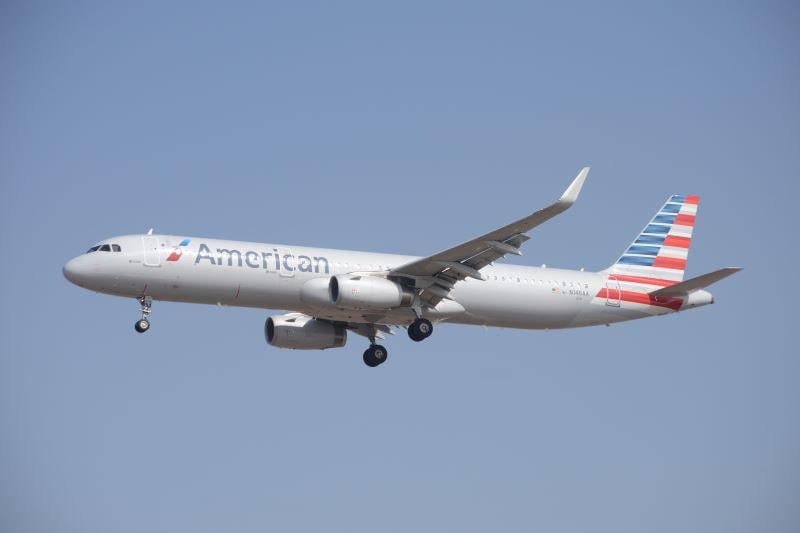
Credit: Airbus / David Velupillai
American Airlines has flight-tested a planned update to advanced cockpit display functionality that will provide pilots with a lead aircraft’s vertical path and plans to equip its entire Airbus A321 fleet with the capability, pending FAA approval. The update, Vertical Path Indicator (VPI), expands...
Subscription Required
American Airlines Set To Expand ADS-B In Functionality On A321s is published in Aviation Daily, an Aviation Week Intelligence Network (AWIN) Market Briefing and is included with your AWIN membership.
Already a member of AWIN or subscribe to Aviation Daily through your company? Login with your existing email and password
Not a member? Learn how to access the market intelligence and data you need to stay abreast of what's happening in the air transport community.





